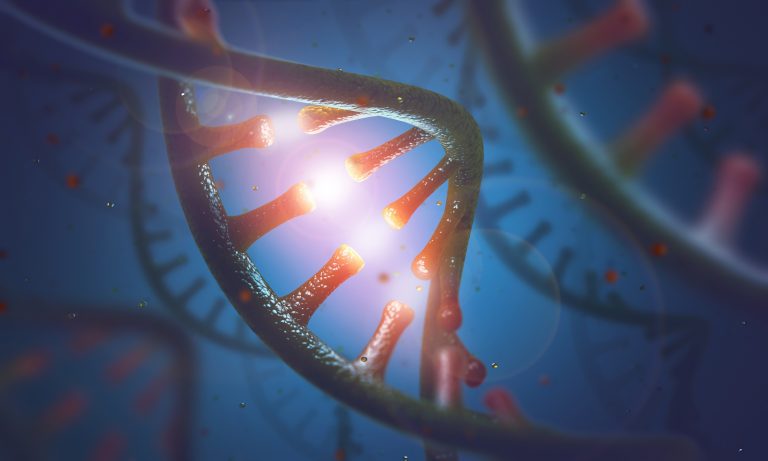
A specialized graphene oxide hydrogel can help stabilize therapeutic mRNA cancer vaccines and release them slowly into the target tissue, show early results from the National Center for Nanoscience and Technology in Beijing.
mRNA vaccines have attracted a lot of attention in recent months due to the approval of the COVID-19 mRNA vaccines developed by BioNTech/Pfizer and Moderna. However, before the pandemic both Moderna and BioNTech had a focus on developing cancer vaccines, although none have yet reached the clinic.
Therapeutic mRNA vaccines have a lot of potential to target cancer as they can encode tumor-specific antigens and trigger the release of tumor targeting immune cells by the body. They also have a good safety profile compared with other medications. But there have been problems in the past with stability of the RNA. Getting the RNA into the right tissues can also be a problem.
Encapsulation in lipid particles has helped stabilize the COVID-19 mRNA vaccines and other RNA therapies currently on the market. Hai Wang, Ph.D., and colleagues at the National Center for Nanoscience and Technology in Beijing, decided to adapt this idea and test whether a specially designed graphene oxide hydrogel could help stabilize and focus mRNA vaccine treatment for cancer, as well as reducing repeat dosing.
“In order to achieve marked therapeutic outcomes, the nanoparticle-based vaccines need to be administered repeatedly which may generate unstable therapeutic outcomes and hinder its clinical transformation,” write Wang and co-authors in the journal Nano Letters.
“Thus, there is an urgent need to establish an effective delivery system for long-term sustained release of RNA vaccines for cancer immunotherapy.”
The research is still at an early stage and has not yet reached the clinic. But, the researchers have already achieved good results in a mouse model of melanoma skin cancer.
The hydrogel was injected into the treatment site and slowly generated mRNA plus vaccine boosting adjuvants for at least 30 days after injection. Wang and colleagues showed that just one injection of the vaccine in the hydrogel led to significantly increased levels of cancer targeting CD8 T cells being produced by the mouse’s immune system. This led to significant reductions in tumor size in mice treated with this therapy compared with controls after 22 days.
“This transformable hydrogel can not only encapsulate and protect mRNA from degradation but also target lymph nodes to activate immune cells,” explain the authors.
Although the success of the mRNA COVID-19 vaccines means that the field will likely attract increased interest and investment over the next few years, therapeutic cancer mRNA vaccines are a harder target than prophylactic vaccines targeting infectious diseases.
Both BioNTech and Moderna, and other similar companies, have mRNA vaccines that are currently being tested in cancer patients at the Phase I/II stage, but no mRNA cancer vaccines have been approved so far.
The mixed cells and tissues in many tumors mean that targeting all malignant cells is a significant challenge, which may require a degree of personalization to be successful. However, advances in delivery methods such as that developed by Wang and team will bring approved therapies closer to being a reality.











